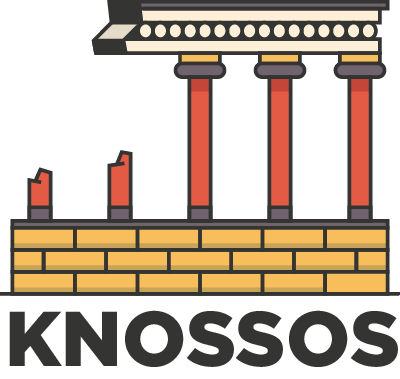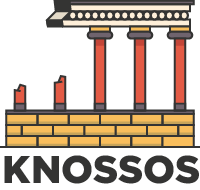Table of Contents
I. Introduction
Before the Santorini eruption, the Minoan Civilization was a beacon of economic prosperity, renowned for its extensive trade networks and agricultural abundance. However, the catastrophic eruption in 1613 BCE brought unprecedented challenges to this advanced society. This article explores how the Minoans, faced with economic upheaval, innovatively adapted their trade and economic practices for survival.
II. Immediate Economic Impacts of the Eruption
The eruption’s initial impact on the Minoan economy was devastating. Key trade routes were disrupted, agricultural lands were buried under ash, and vital resources became scarce. The Minoan economy, which heavily relied on maritime trade and agriculture, faced an abrupt standstill, posing significant challenges to their societal structure and sustenance.
III. Shifting Trade Dynamics
In response to the altered geopolitical landscape, the Minoans swiftly reconfigured their trade dynamics. They established new maritime routes, forming partnerships with regions previously outside their primary trade sphere.
This shift not only compensated for the loss of traditional routes but also demonstrated the Minoans’ agility in adapting to changing circumstances.
IV. Diversification of the Economy
The disruption to their traditional economic system led the Minoans to diversify. They expanded into previously minor sectors, enhancing their self-sufficiency. This diversification included increased focus on local agricultural products and the development of new crafts and industries.
This strategic shift not only mitigated the impact of disrupted trade but also spurred innovation within their economy, leading to a more robust and versatile economic structure.
V. Innovation in Economic Practices
The Minoans demonstrated remarkable ingenuity in adapting their economic practices. They introduced new technologies in agriculture and manufacturing, enhancing efficiency and productivity.
These innovations extended to their monetary system and trade practices, setting a precedent in ancient economic resilience. The ability to adapt and evolve economically became a defining characteristic of the Minoan civilization during this period.
VI. Resilience in Minoan Economy: A Historical Perspective
The economic resilience of the Minoans post-Santorini eruption is a significant chapter in the history of ancient civilizations. Their ability to adapt, innovate, and thrive in the face of adversity offers invaluable insights into the dynamics of ancient economies. The Minoan response serves as a testament to the resilience of human societies in times of crisis.
VII. Conclusion
In the aftermath of the Santorini eruption, the Minoan Civilization emerged not only as a survivor but as an adaptable and innovative economic power.
Their journey of economic adaptation and resilience stands as a powerful example of how ancient societies navigated and overcame monumental challenges. The Minoan economic strategies post-eruption continue to inspire and offer lessons in adaptability and resilience.


